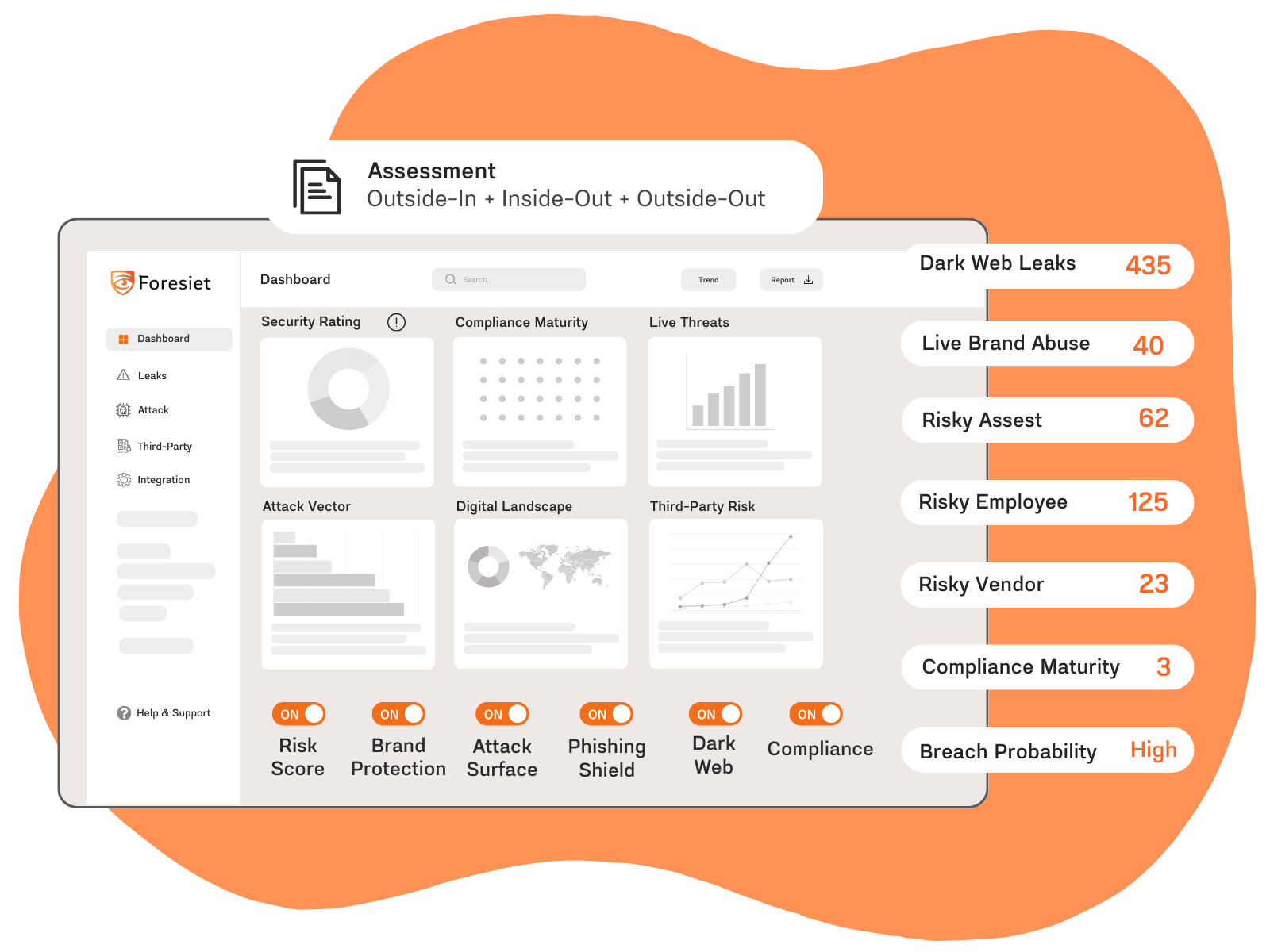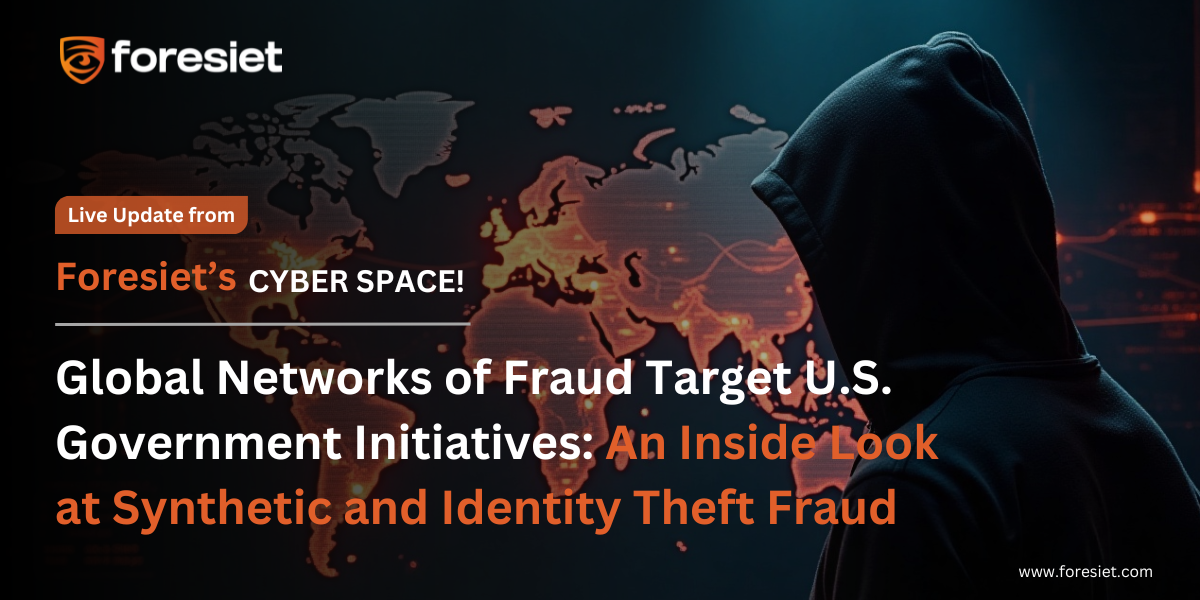Massive Data Leak Targets New York Times: Implications and Cybersecurity Insights

Introduction
In a startling cybersecurity development, an anonymous threat actor has posted what they claim to be 270GB of source code stolen from the New York Times on a popular imageboard website. This incident, reported on Friday, suggests the leak contains "basically all source code" from the publisher. The ramifications of such breaches underscore the urgent need for robust cybersecurity measures, including stolen credentials detection, darknet monitoring services, and dark web surveillance to safeguard sensitive information.
The Nature of the Leak
The alleged leak was first identified by security researchers and has significant implications for brand protection and brand impersonation defense. The threat actor claims the data dump includes around five thousand repositories, totaling 3.6 million files. This breach follows a pattern of recent leaks, with proprietary information being exposed on public platforms, highlighting the critical importance of compromised data tracking and digital footprint analysis.
Exploited Vulnerabilities
It is believed that the threat actor targeted the New York Times' GitHub account. The publisher confirmed a security incident occurred in January when a credential to a "cloud-based third-party code platform" was inadvertently made available. Despite swift remediation, the breach underscores the need for continuous online risk evaluation and digital threat scoring to prevent similar incidents in the future.
Broader Implications for Cybersecurity
The incident reveals broader trends in cyber threats, particularly the targeting of high-profile organizations. As attackers exploit vulnerabilities, it becomes increasingly important for companies to adopt advanced stolen credentials detection and darknet monitoring services. Effective dark web surveillance and compromised data tracking are crucial to identifying and mitigating threats before they cause significant damage.
Protecting Digital Assets
Organizations must enhance their brand protection strategies to prevent similar breaches. Implementing comprehensive brand impersonation defense measures can safeguard against unauthorized use of a brand’s identity. Digital footprint analysis plays a vital role in understanding and managing an organization's online presence, helping to identify potential vulnerabilities and strengthen overall security.
The Role of Continuous Monitoring
The New York Times' statement highlighted their continuous monitoring for anomalous activity, a critical practice in maintaining cybersecurity. Darknet monitoring services and dark web surveillance are essential for detecting and addressing threats in real-time. These measures, combined with robust stolen credentials detection, can significantly reduce the risk of unauthorized access and data breaches.
Conclusion
The New York Times data leak serves as a stark reminder of the ever-present threats in the digital landscape. Organizations must prioritize cybersecurity measures such as compromised data tracking, digital footprint analysis, and digital threat scoring. By adopting comprehensive brand protection and brand impersonation defense strategies, companies can better defend against cyber threats and protect their valuable assets.
The evolving nature of cyber threats requires a proactive approach to security. Implementing advanced stolen credentials detection, darknet monitoring services, and dark web surveillance can help organizations stay ahead of potential threats, ensuring robust protection in an increasingly hostile digital environment. Stay vigilant and prioritize security to safeguard against these formidable adversaries.
About Foresiet!
Foresiet is the pioneering force in digital security solutions, offering the first integrated Digital Risk Protection SaaS platform. With 24x7x365 dark web monitoring and proactive threat intelligence, Foresiet safeguards against data breaches and intellectual property theft. Our robust suite includes brand protection, takedown services, and supply chain assessment, enhancing your organization's defense mechanisms. Attack surface management is a key component of our approach, ensuring comprehensive protection across all vulnerable points. Compliance is assured through adherence to ISO27001, NIST, GDPR, PCI, SOX, HIPAA, SAMA, CITC, and Third Party regulations. Additionally, our advanced antiphishing shield provides unparalleled protection against malicious emails. Trust Foresiet to empower your organization to navigate the digital landscape securely and confidently.
Protect your brand, reputation, data, and systems with Foresiet's Integrated Digital Risk Platform. 24/7/365 threat monitoring for total peace of mind.


